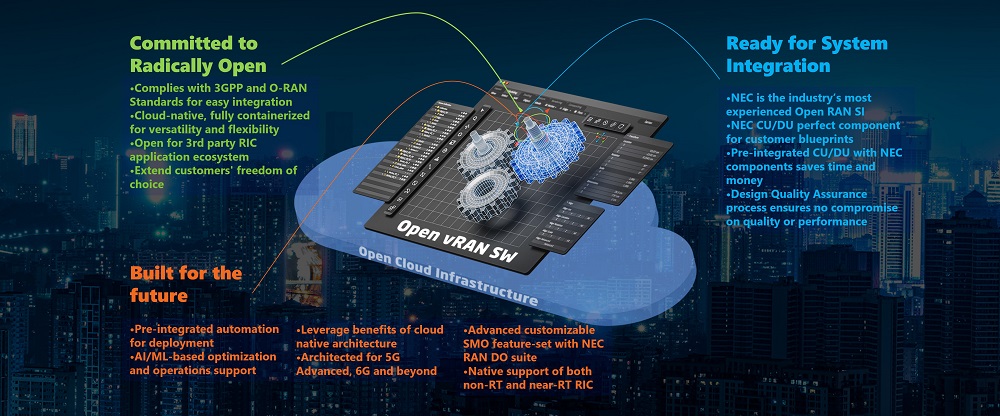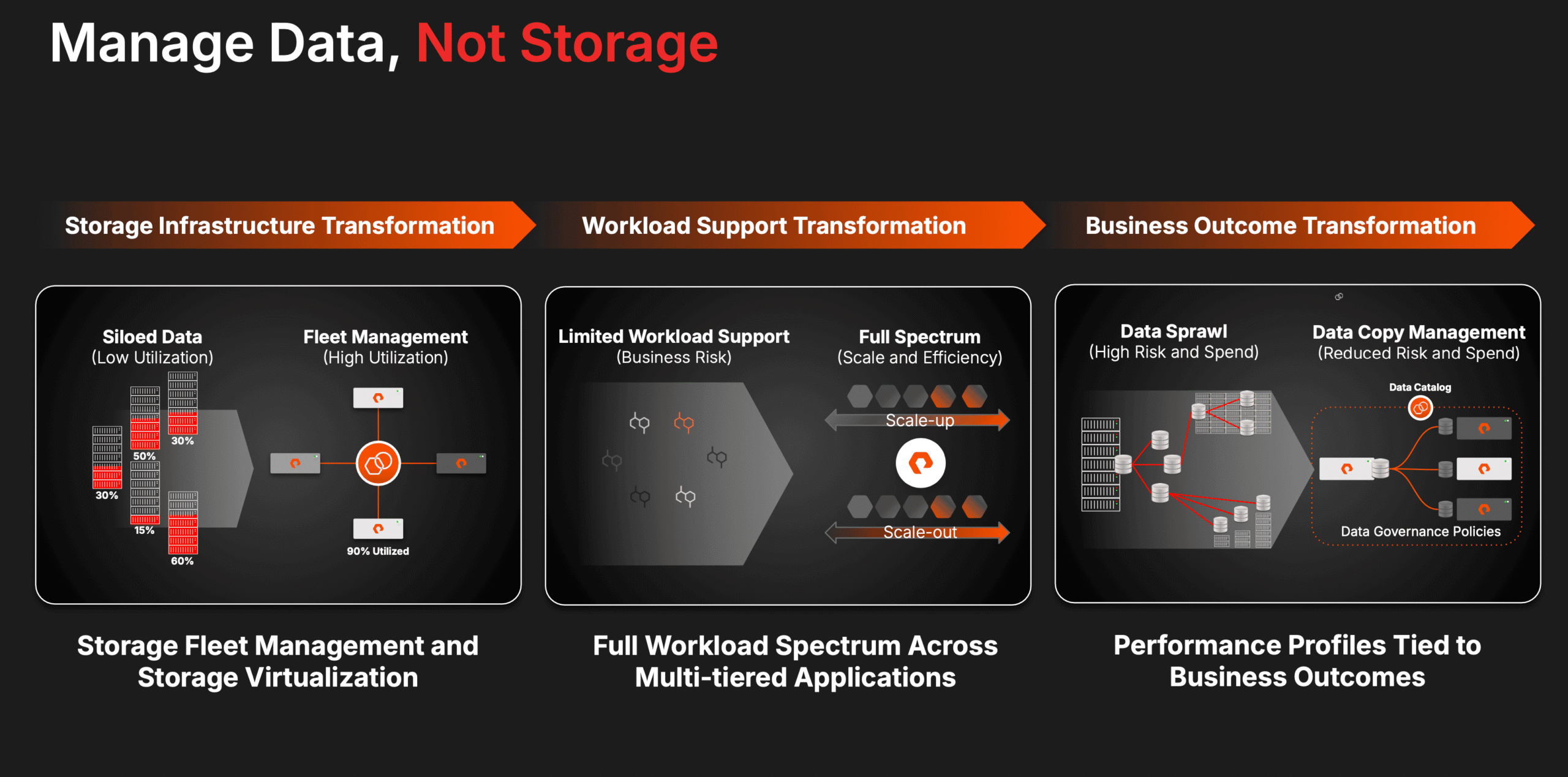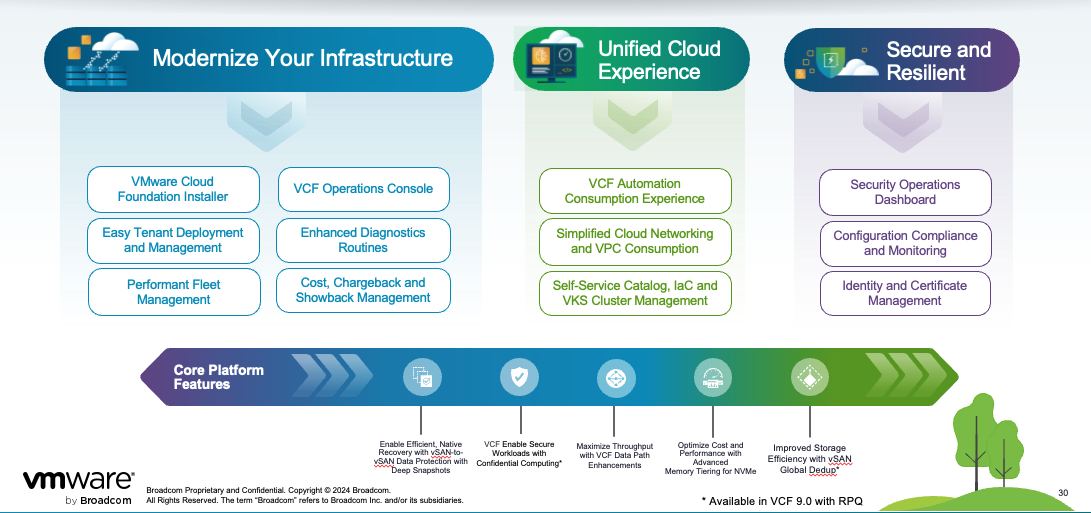SoftBank Corp., NEC Corporation, and VMware (recently acquired by Broadcom Inc.) have jointly verified the virtualization of the Radio Access Network (RAN), demonstrating a significant step towards RAN modernization through the convergence of O-RAN architecture and Telco Cloud.
This collaboration entailed the creation of a virtualized RAN (vRAN) system that incorporates SoftBank’s general-purpose infrastructure, NEC’s vRAN applications based on O-RAN architecture, and a VMware-optimized vRAN platform for the Telco Cloud.
The verification process showed that it is feasible to transition from traditional RAN systems to a more unified and efficient vRAN system. Key to this modernization is the use of container technology to virtualize RAN applications, dividing network functions between Central Units (CUs) and Distributed Units (DUs), a task traditionally managed by the Baseband Unit (BBU).
By employing the O-RAN architecture, the applications were deployed as O-CU and O-DU on the O-Cloud platform, with cloud-native technologies enabling automated construction and optimization of RAN applications.
The joint effort confirmed several benefits of adopting the O-RAN architecture and optimizing for the Telco Cloud, including open and unified operations across design, procurement, construction, and management and the ability to build and operate a scalable RAN system efficiently.
Each company played a distinct role in the project:
- SoftBank was responsible for designing and constructing the vRAN infrastructure.
- NEC developed and built the vRAN applications and Radio Units.
- Broadcom developed the vRAN platform, including Infrastructure as a Service (IaaS), Container as a Service (CaaS), Platform as a Service (PaaS), and real-time operating systems.
The verification environment simulated a commercial setting, testing basic communication processes, low-latency and low-jitter processing, system construction efficiency through automation, carrier-grade robustness, easy scalability, and unified multi-tenant operations.
Analysis
By successfully demonstrating a vRAN system integrating SoftBank’s Infrastructure, NEC’s O-RAN-based applications, and VMware’s Telco Cloud-optimized platform, the partners have laid a foundational stone for the next generation of mobile networks. This verification proves the technical feasibility of transitioning from traditional RAN systems to a more unified, efficient vRAN model and clearly demonstrates the potential for significantly improved network operations.
The adoption of container technology to disaggregate the network functions traditionally managed by the Baseband Unit into Central Units and Distributed Units is a critical technical takeaway. This approach, coupled with deploying applications using the O-RAN architecture, allows for a more flexible, scalable, and efficient network infrastructure that can adapt to varying demands and technologies over time.
Furthermore, the group’s focus on cloud-native technologies for the Telco Cloud-optimized vRAN platform speaks to the industry’s shift towards more agile, scalable, and cost-effective network deployments. Automating the construction and optimization of RAN applications introduces a new operational efficiency and speed in network management and deployment.
The roles and responsibilities outlined among the collaborating parties—SoftBank’s focus on Infrastructure, NEC’s on application development, and Broadcom’s on platform development—demonstrate a successful partnership model in the telecom sector. This collaborative approach leverages each participant’s strengths to drive innovation and operational improvements.
This verification is more than a technical achievement; it represents a significant step forward in the telecom industry’s effort to modernize and optimize networks. As networks evolve towards 5G and beyond, the principles of openness, flexibility, and efficiency underscored by this project will likely become central to future telecom strategies.
For carriers worldwide, this signifies a call to embrace similar innovations to remain competitive in an increasingly digital and connected world.





